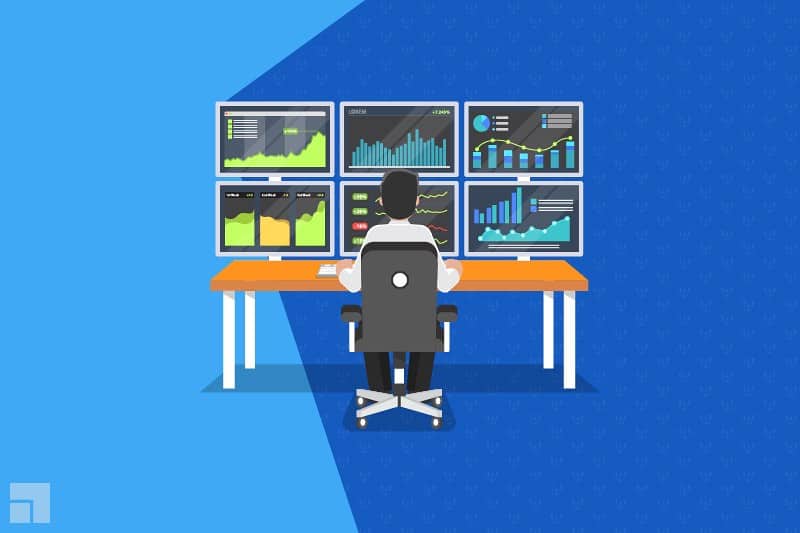
It’s 2020, and data analytics is poised to transform how we do business. People are generating massive amounts of data at a staggering rate – by 2025, it’s predicted that mankind will have generated 175 zettabytes, or a trillion gigabytes, of data worldwide. The regulatory landscape around data is changing, AI is becoming more and more ubiquitous, and consumers are increasingly growing to expect more and more customized experiences. As a result, the field of data analysis is expected to grow at a healthy rate of about 20 percent over the next several years. What will emerge as the data analytics industry takes shape over the next ten years? Only time will tell, but it’s not impossible to make some educated guesses.
Data Will Become More Accessible
The expected rapid growth of Big Data over the next ten years will, fortunately, coincide with an increase in tools and ability to access that data, explore it, visualize it, and collate it into streams, and pull real, actionable insights from it. Real-time data analytics tools are expected to be one of the drivers of increased data accessibility as rapid IoT growth creates even more data and more opportunities for businesses to exploit that data and use it to make increasingly fine-tuned tweaks to operations, even from one day to the next.
Data-as-a-Service (DaaS) will eliminate the need for organizations to store data on-premises, instead of moving more and more data storage into the cloud, where it can be accessible from anywhere on the planet, and to multiple departments in the organization, without any of the barriers that often come with traditional, on-location storage. Even dark data, which is collected but not used, may become more accessible as it moves into cloud environments, and as real-time data analytics tools get faster and more adept at parsing large, raw datasets.
Automation and AI Will Rule the Day
Even right now, as the new decade begins, 40 percent of data analytics tasks are automated by AI tools. Plenty of data analytics processes, like collection, preparation, replication, warehousing, and exploration, can be automated. This frees up human users for more complex tasks that AI can’t tackle, like strategizing how to attract new customers and retain existing customers.
Machine learning and natural language processing (NLP) will fuel AI-driven improvements in user-friendliness, which will lead to increased adoption of data analytics tools as NLP makes these easier for non-data analysts to use. Increasingly, data analytics tools will be voice-controlled, and users will be able to pull out insights from data using simple questions. It will not only be easier to mine data but will also be easier to understand and manipulate data on more user-friendly dashboards. Chatbots and AI personal assistants can help users navigate analytics tools the same way they help customers request returns when online shopping. More people will be able to do meaningful work with data as a result.

Personalization Will Become the Norm
AI and automation will allow businesses to focus on giving customers what they want, which will likely be more and more personalized experience. Algorithms on services like Netflix and Amazon already make recommendations based on user data, and not just based on that user’s pattern of behavior, but also based on other users’ behaviors. Increasingly, these principals of predictive analysis will appear in marketing, as data analysts seek new and better ways to appeal to customers and market their products.
Consumers Will Expect More Privacy
As organizations remain vigilant for new ways to extract value from data, that data will become more anonymized and aggregated and consumers in more and more jurisdictions lobby for and win stronger privacy protections. California and Brazil have already followed the EU in implementing stringent privacy regulations that protect consumers’ personal data. As Millennials move into middle age and Zoomers move into adulthood, the majority of consumers will be savvy about the need to protect data and will demand a regulatory landscape that allows it.
Data science is growing at a healthy pace as Big Data shows no sign of slowing down anytime soon. The analytics industry that is emerging will grow in new and exciting ways over the next ten years, and will surely bring plenty of opportunities for innovation

